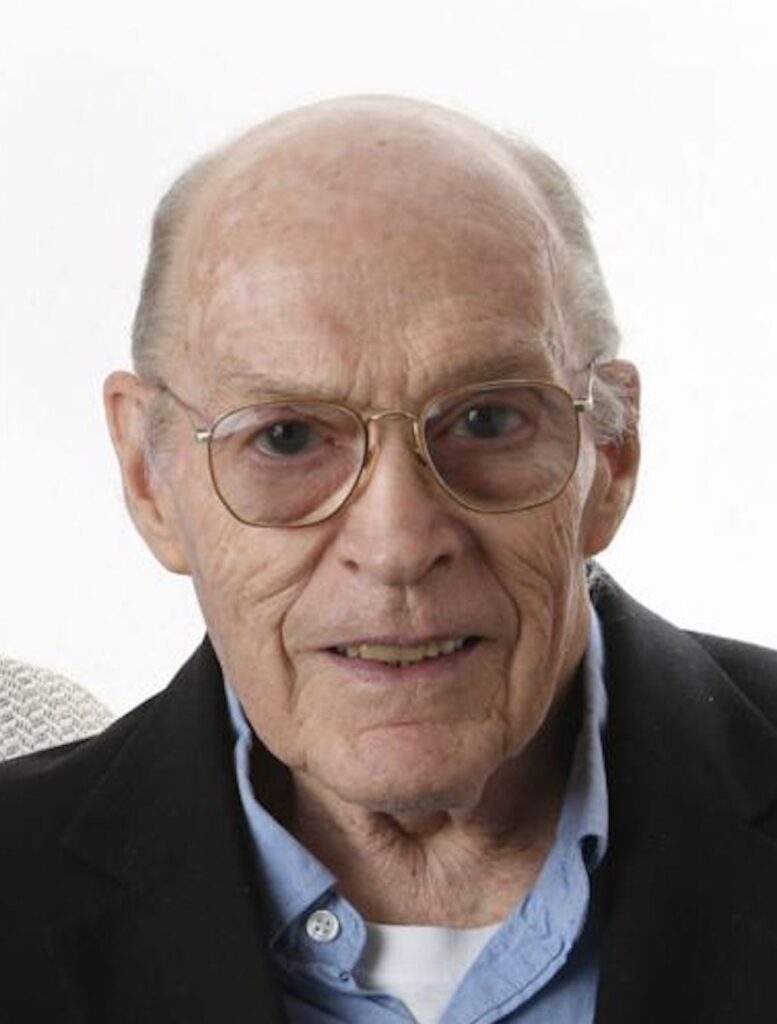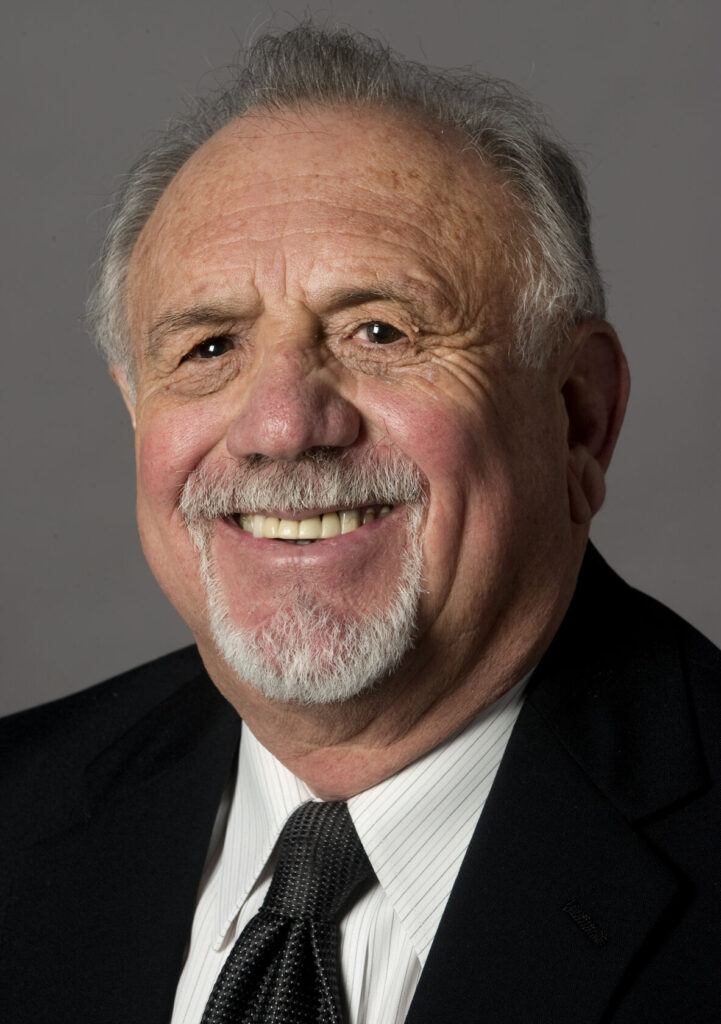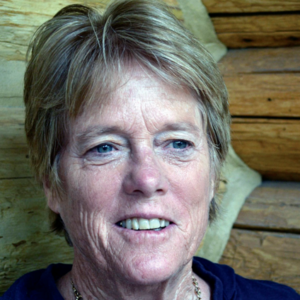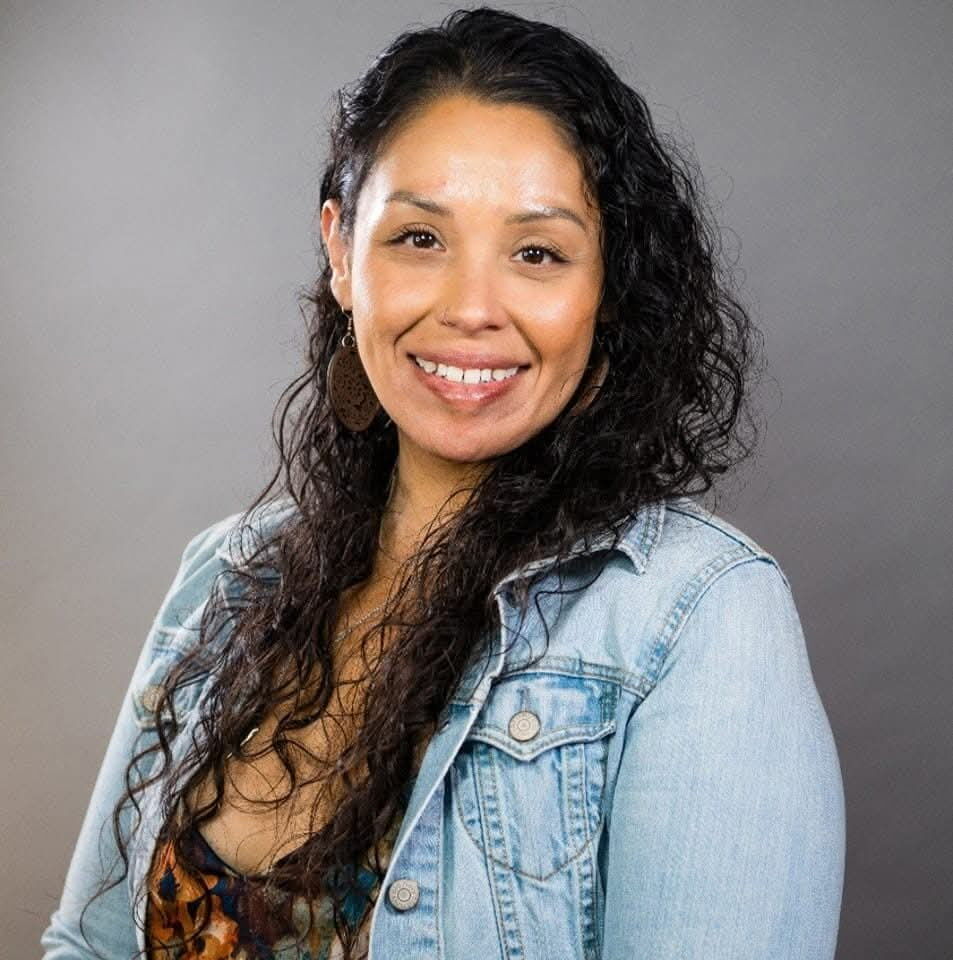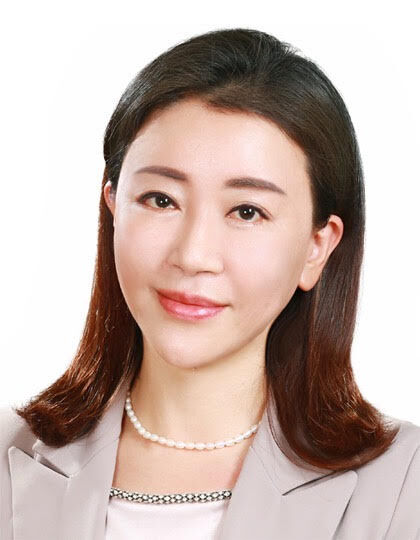Maybe the unaffiliated wild card won’t turn out to be so wild after all

In primary voting that concludes today, for the first time in history, Colorado’s 1.2 million unaffiliated voters can cast a ballot in a Republican or Democrat primary. Ballots were mailed to all voters, affiliated and unaffiliated alike, on June 4. Those 1.2 million “active unaffiliated voters” received both Republican and Democrat ballots, and they could choose one or the other. For the first time they have an equal vote with long-time party loyalists in the selection of a party’s nominees.
How many of the 1.2 million unaffiliated active voters will actually have chosen to cast a ballot in the primary election? No one yet knows for sure. But some experienced prognosticators are expecting participation of between 25 percent and 30 percent when all ballots are tallied today. That is far below the 58 percent unaffiliated voter turnout in the 2014 General Election but above the 22 percent total turnout in the 2014 June primary.
Even a low 20 percent unaffiliated voter turnout would mean over 100,000 new primary voters in both the Republican and Democrat contests. That amounts to a huge “wild card” of historic proportions, and needless to add, more than enough to decide winners and losers in any close election.
But the question of how many unaffiliated voters exercise their new option in the June primary is not necessarily the most interesting question. For example, will their party and candidate choices validate or upend the assumptions (and hopes?) behind Proposition 108, which persuaded 52 percent of 2016 voters to create this new “semi-open primary”? Proponents told us the change will bring more “moderate” voters into the mix and lead to a more “pragmatic, problem-solving” group of elected officials. Discerning the validity of that assumption may take a few years, not a few days.
Pardon my skepticism, but to me it is more a function of political wizardry than political science when pundits predict a radical change in the character of the winners and losers solely increasing the size of the electorate by 30 percent. There is actually no convicting evidence that as a group, the unaffiliated voters who actually vote are more moderate or more pragmatic in their candidate preferences than voters with party affiliations.
In-depth studies of self-styled “independent” voters do not give much reason to romanticize them.
Perhaps what we expect from unaffiliated voters is a reflection of our own hopes and fears more than anything else. Maybe we secretly, even subconsciously, hope for a tsunami of patriotically motivated voters who will vote for only the “good guys,” not the rascals we elected last time. But let’s not be too shocked if the 25 percent-35 percent who do turn out in the June 26 primary are not that much different from their Democrat and Republican cousins.
The bottom line? Yes, we might be in for some surprises on Wednesday morning. But one of the surprises may be that there were few real surprises. Confused? That’s all right, but if you admit it, then you can’t be a professional pundit.



